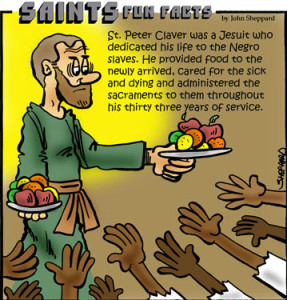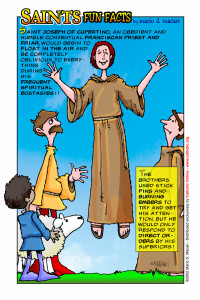
Saint Joseph of Cupertino (1601-1663)
Image: Catholic Online
(EWTN) Born in Italy Cupertino, Joseph’s father was a poor carpenter who died before he was born, leaving some debts–creditors would drive Joseph’s mother from her home while she was still pregnant with him and as a result Joseph, like the Baby Jesus, was born in a stable. — From this point on, not much is known about young Joseph until about the age of 7 or 8 when he began to have ‘mystical visions’ and was often times so lost to the world around him, that the other children would make fun of young Joseph, giving him the nickname “open-mouthed” for his gaping manner.
During this time, Joseph had a hot, irascible temper and read very poorly giving people the impression that Joseph was not very smart and not good for much. Aside from this, Joseph was continually drawn into a state of ecstasy which would leave him out of touch with things around him, making it impossible for him to be attentive to the tasks at hand. — Later when Joseph secured employment, he lost it very quickly.
According to EWTN at the age of 17, Joseph attempted to be admitted to the ‘Friars Minor Conventuals’ but was refused on the account of his ignorance. Subsequently Joseph applied to the ‘Capuchins at Martino’ near Italy Taranto and was accepted as a Lay-Brother at the age of 19 but his persistent ecstatic experiences would make him unfit to work and he was subsequently dismissed.
As a consequence to Joseph’s peculiar nature, he found himself to be scorned by his mother and uncle’s as ‘being good for nothing’ Joseph though did not lose hope. Though Joseph’s continual prayers and sincere desire, he succeeded in obtaining permission to work in the stable at the Franciscan Convent of La Grotella near Cupertino, at which time he would give evidence to his great virtues, humility, obedience and love of penance to such an extent that Joseph was admitted in 1625 and in just 3 years, he was Ordained a Priest.
Fr. Joseph was but a little versed in human knowledge and according to his biographers, he continued to read poorly (as was this case earlier in his life) yet he was said to be ‘infused by knowledge and supernatural light’ that he not only surprised all educated men but they were also surprised how Joseph could solve the most intricate questions.
Fr. Joseph’s life was now one long succession of visions and other heavenly favors–Everything that in any way had reference to God or Holy things, would bring on an ecstatic state: The sound of a bell, or of Church music, the mentioning of God, or the Blessed Virgin Mary, a Saint, any event in the Life of Christ, the Sacred Passion, a Holy picture to the thought of the Glory of Heaven, all would put Fr. Joseph into contemplation and nothing would have any effect on him during such times–only the voice of his Superior would have an effect on his state of consciousness.
These ‘States of Ecstasy’ would occur at any time or place but especially at Mass and during Divine Services. Fr. Joseph would likewise frequently would be raised up (levitating) in the air, as a result of such occurrences in public, this resulted in both much admiration of Fr. Joseph but also disturbances within the community.
As a result of such occurrences, for the last 35 years of Fr. Joseph’s life he was no longer permitted to attend choir, go to the common refectory, walk in procession or celebrate Mass in Church but was ordered to remain in his room where a private Chapel was prepared for him.
Evil minded and envious men would have Fr. Joseph investigated by the Inquisition and he would be transferred from one lonely house of the Capuchins or Franciscans to another but Fr. Joseph always retained his joyful spirit, submitting confidently to Divine Providence.
Fr. Joseph passed away on this date in 1663 in 1753 he was Beatified by Pope Benedict XIV and Canonized in 1767 by Pope Clement XIII
More here from Franciscan Media
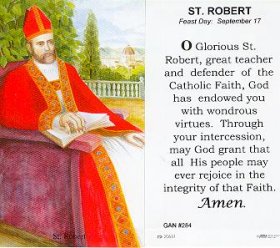 Saint Robert Bellarmine (1542-1621) Image:
Saint Robert Bellarmine (1542-1621) Image: 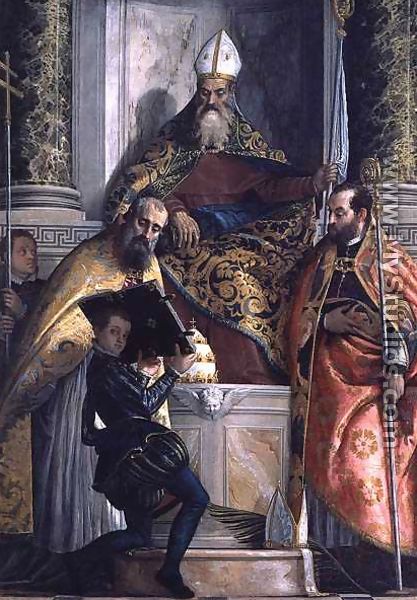 Painting of St. Anthony Abbot with Pope Saint Cornelius, St. Cyprian and a Page — By: Paolo Veronese at Pinacoteca di Brera Museum, Italy Milan –Image Courtesy:
Painting of St. Anthony Abbot with Pope Saint Cornelius, St. Cyprian and a Page — By: Paolo Veronese at Pinacoteca di Brera Museum, Italy Milan –Image Courtesy: 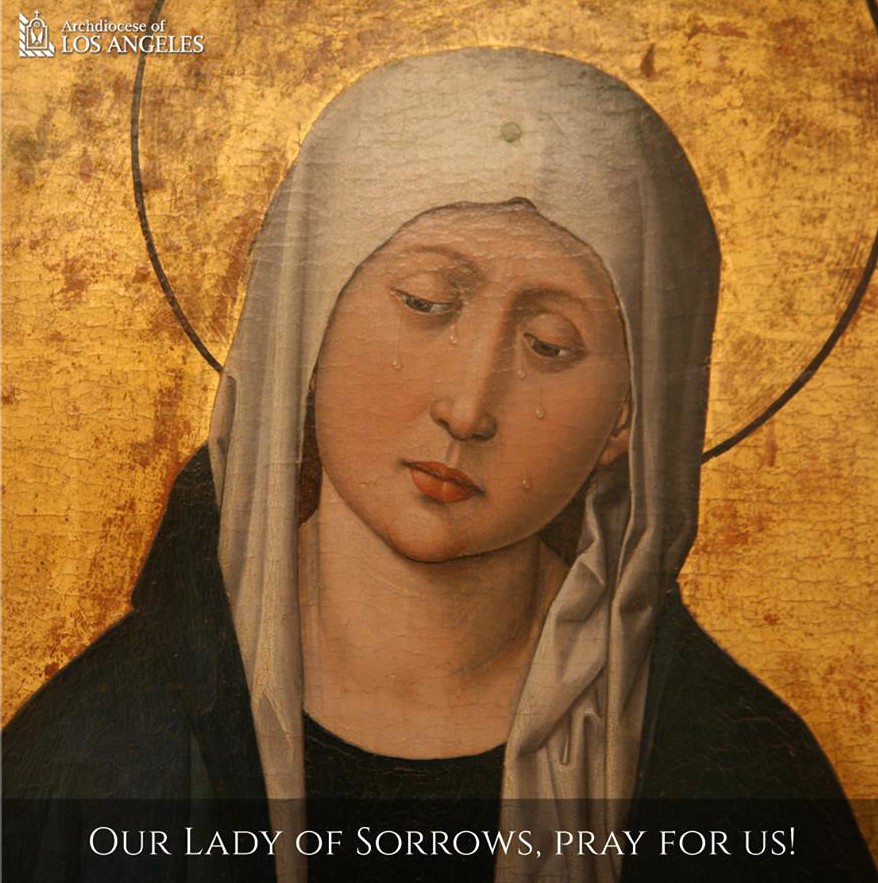 Our Lady of Sorrows
Our Lady of Sorrows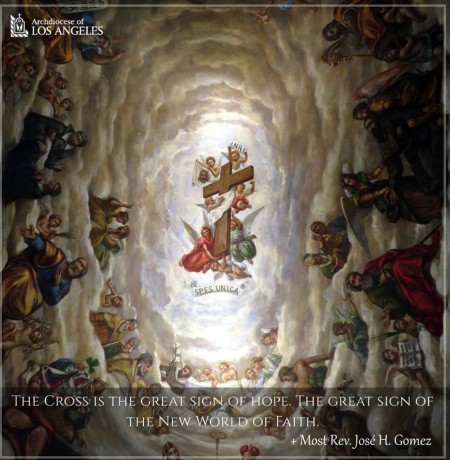 Feast of the Exaltation of the Holy Cross
Feast of the Exaltation of the Holy Cross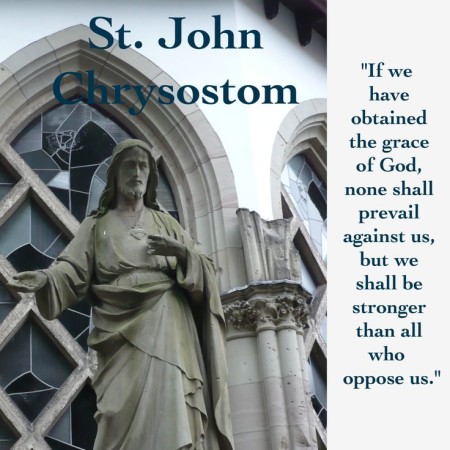 St. John Chrysostom -Image Courtesy: Pinterest
St. John Chrysostom -Image Courtesy: Pinterest 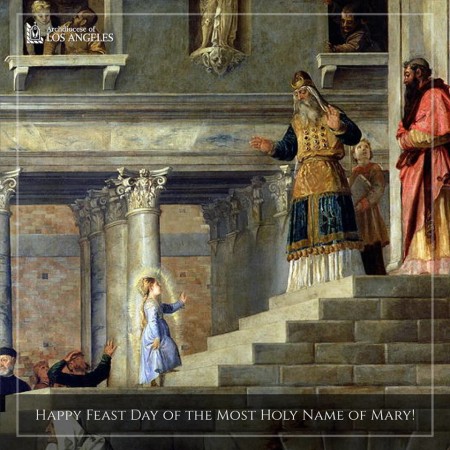 Most Holy Name of the Blessed Virgin Mary
Most Holy Name of the Blessed Virgin Mary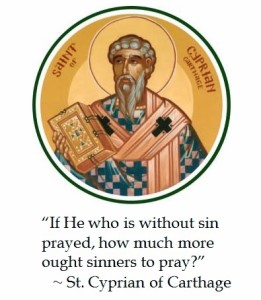
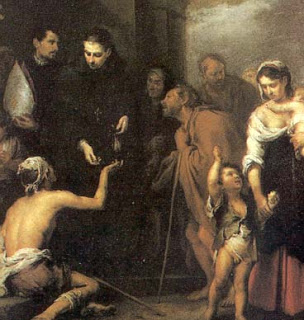 St. Thomas of Villanova (1488-1555)
St. Thomas of Villanova (1488-1555)